calsfoundation@cals.org
Washington (Hempstead County)
| Latitude and Longitude: | 33º46’26″N 093º40’58″W |
| Elevation: | 446 feet |
| Area: | 1.01 square miles (2020 Census) |
| Population: | 94 (2020 Census) |
| Incorporation Date: | December 9, 1880 |
Historical Population as per the U.S. Census:
|
1810 |
1820 |
1830 |
1840 |
1850 |
1860 |
1870 |
1880 |
1890 |
1900 |
|
– |
– |
– |
– |
324 |
478 |
– |
730 |
519 |
374 |
|
1910 |
1920 |
1930 |
1940 |
1950 |
1960 |
1970 |
1980 |
1990 |
2000 |
|
399 |
556 |
457 |
432 |
344 |
321 |
290 |
265 |
148 |
148 |
|
2010 |
2020 |
|
|
|
|
|
|
|
|
|
180 |
94 |
|
|
|
|
|
|
|
|
Once the county seat for Hempstead County, and the last Confederate capital of the state of Arkansas, Washington is now dominated by the Historic Washington State Park. Still a second-class city with a population of 180 in 2010, Washington was overtaken by Hope (Hempstead County) as a regional center in the late nineteenth century due to changes wrought by the railroad industry, but the annual Jonquil Festival still draws large crowds from surrounding states.
The Southwest Trail was built during Arkansas’s territorial period, linking St. Louis, Missouri, to Texas and crossing Arkansas from northeast corner to southwest corner. William Stevenson, a Methodist preacher, established the Ebenezer Campground for revival meetings on a sandy hill that would soon become the site of the city of Washington. Elijah Stuart built a log house on the same hill, perhaps as early as 1818, and his house served also as an inn and a tavern. Hempstead County was organized in December 1818 and designated Stuart’s tavern as its first permanent seat of government in 1824 because of its central location. The land around the tavern was then surveyed and laid out in square blocks oriented along the Southwest Trail. A land auction in 1826 created the structure of the city, and merchants began to conduct business there soon thereafter. Washington applied for incorporation in 1830. Incorporation lapsed following the Civil War and was not reinstated until 1880. Important early settlers in the city included John Johnson, Ephraim Mirick, and Abraham Block. James Black established a blacksmith shop, in which he reportedly fashioned the first bowie knife for James Bowie in 1831.
Important visitors to the city before Arkansas became a state included Stephen Austin, Sam Houston, Davy Crockett, and George Featherstonhaugh. Members of the Choctaw and Chickasaw nations traveled through Washington as part of the Trail of Tears Indian Removal to what would become Oklahoma. Residents of Hempstead County began petitioning for a new road in 1821, and by 1828, the Camden to Washington Road was having additional work and maintenance done. A new courthouse was built in 1836, and many of Arkansas’s most prominent attorneys practiced in Washington over the following twenty-five years. The Washington Telegraph began to be printed in 1840. It was the oldest weekly newspaper west of the Mississippi River until it ceased publication in 1946. A Presbyterian church was established in 1836, and a Baptist church was built in 1845. Washington had a Male Academy and a Female Academy, as well as several smaller schools. In the summer of 1846, 870 volunteers gathered in Washington to form a cavalry unit to serve in the Mexican War.
By 1860, Washington included seven dry goods stores, two drugstores, a tailor shop, a watch repairman, and many other businesses. Many wealthy families built mansions, some of which have been restored and are preserved in the contemporary state park. The area also held many slaves, who served as household servants and also worked in the cotton fields surrounding the city. A Methodist church was built in 1861.
Twenty companies of Confederate soldiers were raised in Hempstead County during the Civil War. Charles Burton Mitchel, a Washington physician who had been chosen by the Arkansas General Assembly to serve as U.S. senator in 1860, resigned from the Senate and instead represented Arkansas in the Confederate States Senate until his death in 1864. The Confederate government of Arkansas fled Little Rock (Pulaski County) before the city’s capture by Federal forces on September 10, 1863, and met in the Hempstead County Courthouse in Washington until the war ended in 1865. Washington was occupied by the Twelfth Michigan Infantry for the year following the war’s end. A Freedmen’s Bureau was established in Washington to assist the freed African Americans of Hempstead County and the surrounding area.
Washington remained an important city of southern Arkansas after the war, building a new courthouse in 1874. However, when the Cairo and Fulton Railroad was constructed through Hempstead County around that same time, it bypassed Washington and ran instead eight miles south through the city of Hope. Businesses began to relocate to Hope, especially after Washington’s business district was devastated by fire in 1875 and then again in 1883. Proposals to move the county government from Washington to Hope were heard as early as 1879, but the actual move did not happen until 1939.
Even before the county government was moved, the demise of Washington as a major Arkansas city was highly visible. Work to restore and preserve the historic buildings of the city began in 1929 with a grant of $5,000 from the Arkansas General Assembly to restore the 1836 courthouse in Washington. A tornado in 1947 damaged parts of the city, destroying the historic Baptist church. Aside from its historic buildings, Washington consisted of only a handful of businesses and a few homes in 1958. That year, the Pioneer Washington Restoration Foundation was organized, collecting money for restoration and preservation of the city’s many historic buildings; the foundation’s name was changed in 2023 to the Historic Washington Foundation. The Old Washington State Park was created by the State of Arkansas in 1973 to oversee and continue the restoration work. The park’s name was changed in 2006 to Historic Washington State Park. The park includes fifty-four buildings on 101 acres.
Several families still live in the city of Washington. Ninety-four of the residents are white, and seventy-eight are African American, according to the 2010 census. The city contains two Baptist churches, one Christian Methodist Episcopal church, and one Methodist church. The city is part of the Hope school system.
The Washington Historic District was added to the National Register of Historic Places in 1972, and the Washington Confederate Monument in Washington Cemetery was added in 1996. Aside from the many notables who lived in Washington during its heyday, the community was also home to Joseph Calvin Lambert, who was born there in 1908 and went on to serve as adjutant general for the U.S. Army.
For additional information:
Brooke, Steven. Historic Washington Arkansas. Gretna, LA: Pelican Publishing Company, 2000.
Historic Washington State Park. https://www.arkansasstateparks.com/parks/historic-washington-state-park (accessed April 18, 2024).
Kerr, Robert. “Good and Faithful Servants.” Arkansas Times, October 1987, pp. 56–61.
Kwas, Mary L. Digging for History at Old Washington. Fayetteville: University of Arkansas Press, 2009.
Kwas, Mary L. and James J. Lockhart. Thou Wert Dear to Us: A Record of Pioneer Cemetery, Washington, Arkansas. Washington, AR: Southwest Arkansas Regional Archives Foundation, 2011.
Medearis, Mary. Washington, Arkansas: History on the Southwest Trail. Hope, AR: Etter Printing Company, 1976.
White, Mel. “A Showplace of Arkansas History.” Arkansas Times, June 1983, pp. 32–36, 57–61.
Williams, Charlean Moss. The Old Town Speaks: Recollections of Washington, Hempstead County, Arkansas; Gateway to Texas, 1835; Confederate Capital, 1863. Houston: Anson Jones Press, 1951.
Steven Teske
CALS Encyclopedia of Arkansas
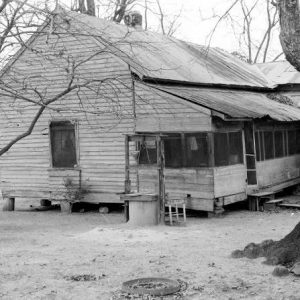 James Black's Home
James Black's Home 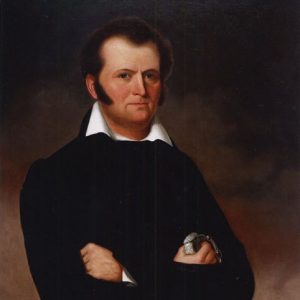 Jim Bowie
Jim Bowie 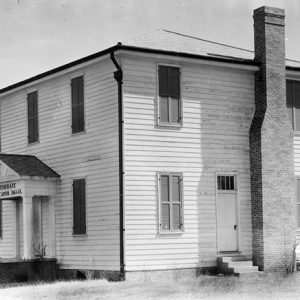 Confederate State Capitol
Confederate State Capitol 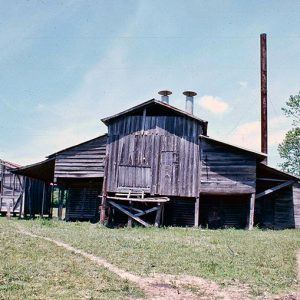 Goodlett Gin
Goodlett Gin 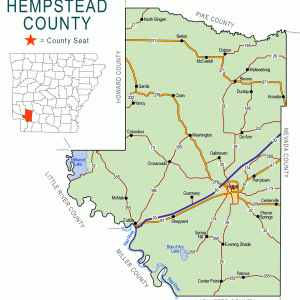 Hempstead County Map
Hempstead County Map 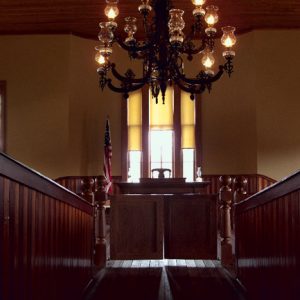 Historic Washington State Park Courthouse
Historic Washington State Park Courthouse 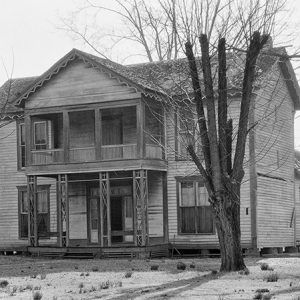 Daniel Jones House
Daniel Jones House 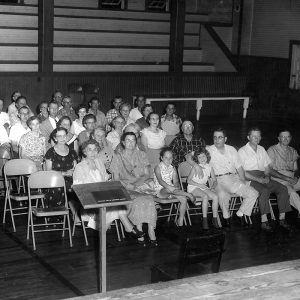 Pioneer Washington's First Meeting
Pioneer Washington's First Meeting 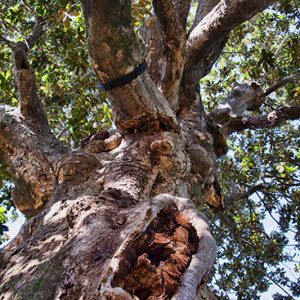 Royston Magnolia
Royston Magnolia 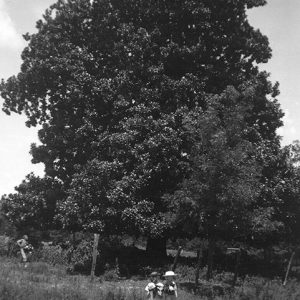 Magnolia Tree
Magnolia Tree 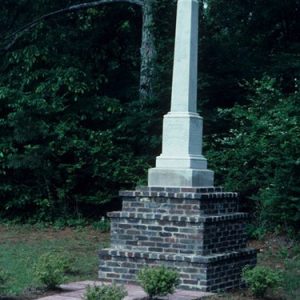 Washington Confederate Monument
Washington Confederate Monument 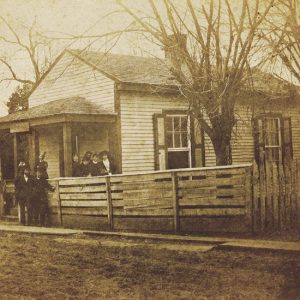 Washington Post Office
Washington Post Office 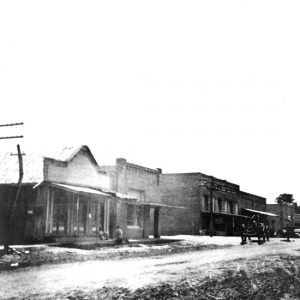 Washington Street Scene
Washington Street Scene 



I am a descendant of Abraham Stuart and hope to visit here soon.